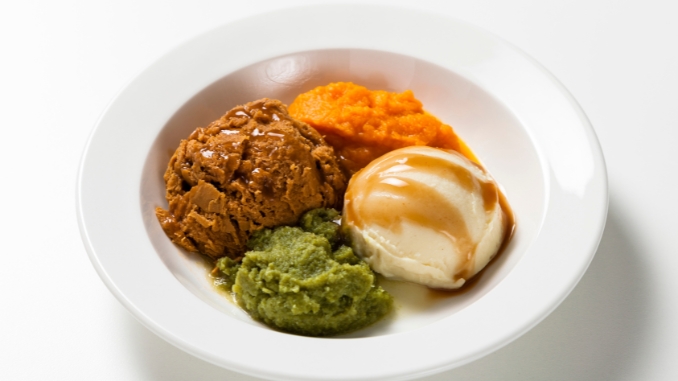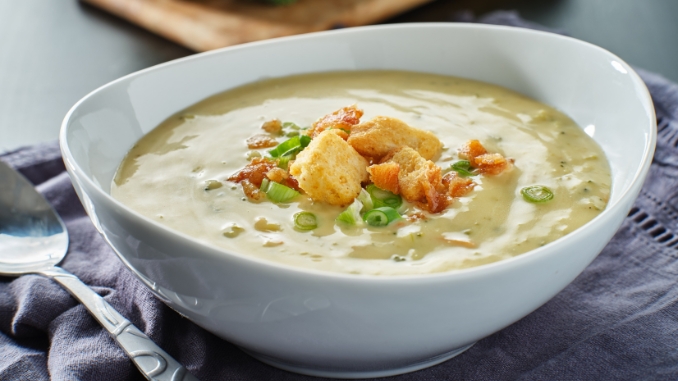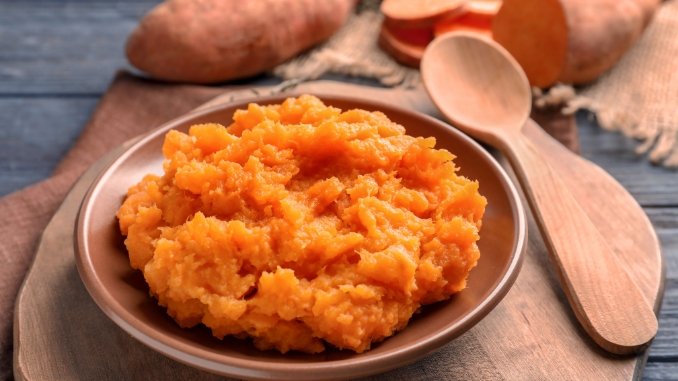Dysphagia Diet Unveiled: Navigating Dietary Challenges
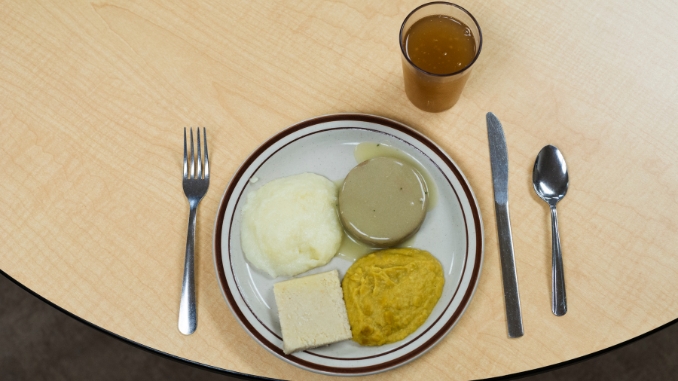
Last updated on April 11th, 2025 at 05:32 pm
Dysphagia, derived from the Greek words “dys,” meaning difficulty, and “phagia,” meaning eating, refers to the difficulty or discomfort one experiences during swallowing. For individuals with dysphagia, the act of eating, a basic human necessity, becomes a complex challenge. That's why it is crucial to know dysphagia diet.
This condition can result from various causes, including neurological disorders, muscular issues, or structural abnormalities. Living with dysphagia goes beyond the physical struggle of swallowing; it affects the overall quality of life.
Individuals may experience anxiety around meals, fear of choking, and nutritional deficiencies due to limited food choices. However, with the right approach, it's possible to manage dysphagia effectively.
Understanding Dysphagia

Dysphagia occurs when there is a disruption in the normal swallowing process. The mouth, throat, and esophagus coordinate swallowing.
When this process is not working properly, it can lead to difficulties moving food from the mouth to the stomach, resulting in choking, aspiration, or a feeling of food getting stuck in the throat. Dysphagia can occur in people of all ages, from infants to older adults, and it can strongly affect their overall well-being.
The extent of dysphagia can differ, from slight discomfort to an absolute inability to swallow. It can lead to malnutrition, dehydration, and respiratory issues if not appropriately managed.
Moreover, dysphagia can significantly affect an individual's social life, as dining out or sharing meals with family and friends may become a source of embarrassment or anxiety.
Where Does Dysphagia Occur?
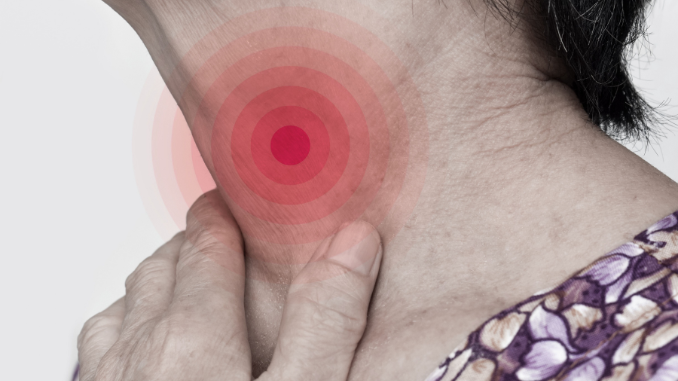
Dysphagia can happen at distinct stages of the swallowing process.
- Oropharyngeal dysphagia – It affects the mouth and throat, where difficulties arise in forming a bolus (a chewed mass of solid food) and moving it to the esophagus.
- Esophageal dysphagia – It happens in the esophagus and can be caused by conditions such as strictures, spasms, or motility disorders.
Identifying the specific location and cause of dysphagia is crucial in selecting the most effective management strategies.
Can Dysphagia Go Away?
In some cases, dysphagia may be temporary, mainly if it is caused by an underlying condition that can be treated or resolved.
For example, individuals recovering from a stroke or surgery may experience temporary dysphagia that improves as they regain strength and function in their swallowing muscles.
However, for those with chronic or progressive conditions, such as Parkinson's disease or esophageal cancer, dysphagia may be a long-term or permanent challenge that requires ongoing management.
What's Dysphagia Diet
A dysphagia diet is designed to help individuals with swallowing difficulties safely and comfortably consume food and liquids. It focuses on modifying food and liquid consistencies to minimize the risk of choking or aspiration while ensuring adequate nutrition and hydration.
It aims to make swallowing more accessible and safer, thereby improving the individual's overall quality of life. This diet may involve altering the texture, thickness, and presentation of foods and beverages to match the individual's swallowing ability.
Importance of a Dysphagia Diet
Addresses the physical challenges of swallowing and supports the emotional and social aspects of dining. It empowers individuals with dysphagia to participate in mealtime activities and enjoy a variety of foods in a safe and dignified manner.
Individuals can maintain their freedom and autonomy when it comes to food choices and meal preparation, enhancing their overall quality of life. It can also prevent complications such as malnutrition, dehydration, and respiratory issues, reducing the burden on caregivers and healthcare providers.
Implementing a dysphagia diet is crucial for managing the symptoms and complications of dysphagia. By adapting the consistency and texture of foods and liquids, individuals can reduce the risk of aspiration and ensure that they receive the necessary nutrients and hydration.
It can help alleviate the anxiety and stress often associated with mealtimes, allowing individuals to enjoy eating and socializing without fear of choking or discomfort.
Good nutrition is important for overall health and well-being, and a dysphagia diet plays a vital role in ensuring that individuals with swallowing difficulties receive the nourishment they need.
The Levels of Dysphagia Diet?
Dysphagia diets are typically categorized into different levels based on the severity of swallowing difficulties and the recommended consistencies of foods and liquids.
These levels are designed to guide healthcare professionals, caregivers, and individuals with dysphagia in selecting appropriate food and liquid options that match the individual's swallowing abilities.
The specific level of a dysphagia diet is determined through clinical assessments, such as a videofluoroscopic swallowing study or fiberoptic endoscopic assessment of swallowing, which evaluates the individual's swallowing function and safety.
What are the Types of Dysphagia Diet Levels
The National Dysphagia Diet (NDD) provides a standardized framework for classifying dysphagia diets into four levels:
Level 1: Pureed Diet
Foods, including pureed desserts, are pureed to a smooth, cohesive consistency without solid pieces or particles. This level is suitable for individuals with severe swallowing difficulties at high aspiration risk.
Level 2: Mechanically Altered Diet
Foods are moist, soft, and easily mashed with a fork, catering to individuals with moderate swallowing challenges. Solid foods, pieces, and hard textures are avoided to minimize the risk of choking or aspiration.
Level 3: Advanced Diet
Foods are soft, moist, and quickly formed into boluses, accommodating individuals with mild swallowing impairments. This level allows for a wider variety of textures and consistencies while ensuring safe swallowing.
Level 4: Regular Diet
Individuals at this level have minimal swallowing difficulties and can safely consume a regular diet of hot foods without significant modifications.
Each level of the dysphagia diet provides specific guidelines for food and liquid consistencies, allowing for a tailored approach to meet the individual's unique swallowing needs.
Dysphagia Diet Recipes
Pureed Diet
1. Creamy Broccoli Soup
Ingredients:
-
- Cooked broccoli
- Low-sodium chicken or vegetable broth
- Cooked potatoes
- Olive oil
- Salt and pepper to taste
Instructions:
-
- Purely cooked broccoli, potatoes, and a small broth until smooth.
- Bring olive oil to temperature in a pot, add the puree, and gradually stir in the remaining broth.
- Season with salt and pepper to taste.
- Simmer until heated through and well-blended.
2. Mashed Sweet Potatoes
Ingredients:
-
- Cooked sweet potatoes
- Margarine or butter (optional)
- Salt to taste
Instructions:
-
- Mash cooked sweet potatoes with a fork or use a blender for a smoother texture.
- Add margarine or butter if desired.
- Season with salt to taste.
Minced and Moist Diet
1. Chicken and Vegetable Casserole
Ingredients:
-
- Cooked and minced chicken
- Soft-cooked vegetables (carrots, peas, and green beans)
- Mashed potatoes
- Low-sodium chicken gravy
Instructions:
-
- Combine minced chicken and soft-cooked vegetables.
- Layer the mixture in a baking container.
- Apply a layer of mashed potatoes on top.
- Pour low-sodium chicken gravy over the top.
- Bake until heated through.
2. Salmon and Spinach Quiche
Ingredients:
-
- Canned salmon, mashed
- Cooked and finely chopped spinach
- Egg substitute
- Low-fat milk
- Gluten-free pie crust
Instructions:
-
- Heat the oven ahead of the cooking time and prepare the pie crust according to instructions.
- Mix mashed salmon, chopped spinach, egg substitute, and milk.
- Pour the mixture into the pie crust.
- Bake until set and lightly browned.
Soft and Bite-Sized Diet
1. Turkey and Mashed Cauliflower Bowls
Ingredients:
-
- Cooked and diced turkey
- Mashed cauliflower
- Soft-cooked peas
- Low-sodium turkey gravy
Instructions:
-
- Combine diced turkey, mashed cauliflower, and soft-cooked peas in a bowl.
- Drizzle low-sodium turkey gravy over the top.
- Mix well and serve.
2. Vegetarian Stuffed Bell Peppers
Ingredients:
-
- Quinoa, cooked
- Baked beans, mashed
- Soft-cooked and finely chopped vegetables (bell peppers, tomatoes, and onions)
- Tomato sauce
Instructions:
-
- Mix cooked quinoa, mashed black beans, and chopped vegetables.
- Stuff the mixture into halved and deseeded bell peppers.
- Top with tomato sauce.
- Bake until the peppers are tender.
General Tips
- Ensure all ingredients are cooked to a soft consistency.
- Use raw fruits, herbs, and spices to add flavor without compromising texture.
- Adjust the thickness of pureed items using broth or milk.
- Always seek recommendations from a healthcare professional or a speech-language pathologist to ensure these recipes align with the individual's dietary needs and restrictions. Adjust the recipes based on personal preferences and nutritional requirements.
Meal Planning
Effective meal planning for individuals with dysphagia involves careful consideration of texture, consistency, and nutritional content.
Creating a balanced dysphagia diet requires a thoughtful selection of foods from each food group and attention to cooking methods that ensure safe swallowing.
Engaging with a registered dietitian or speech-language pathologist can provide helpful guidance in developing a customized meal plan that meets the individual's specific dietary needs while accommodating their swallowing difficulties.
With proper planning and creativity, individuals with dysphagia can continue to enjoy flavorful, nutritious meals that support their overall health and well-being.
Tips for Caregivers and Individuals
Caregivers and individuals with dysphagia play a vital role in ensuring the success of the dysphagia diet.
Caregivers need to receive proper training and guidance on preparing and serving dysphagia-friendly meals, as well as understanding the individual's specific dietary restrictions and preferences.
Providing a supportive and positive dining environment can help reduce anxiety and enhance the overall mealtime experience for individuals with dysphagia.
Additionally, individuals with dysphagia should actively participate in their dietary management, communicating their needs and preferences to guarantee that they receive adequate nutrition while enjoying a satisfying and safe dining experience.
Conclusion
Dysphagia presents unique challenges that can greatly impact a person's ability to eat and drink comfortably and safely.
However, with a comprehensive understanding of dysphagia, the benefits of a tailored dysphagia diet, and access to appropriate resources, individuals can effectively manage their swallowing difficulties and enjoy a satisfying dining experience.
By embracing the fundamentals of the dysphagia diet and seeking support from healthcare professionals, individuals with dysphagia can enhance their quality of life, promote nutritional well-being, and regain confidence in their ability to enjoy mealtimes.
With ongoing research and advancements in dysphagia management, there is hope for continued improvement in the care and support available to individuals living with dysphagia.
Many are failing on the diet because they eat the wrong foods or don’t have a plan for a specific meal and make bad food decisions when hungry. Take the stress and uncertainty out of being on the Keto Diet. Check out this Master Guide to Keto now!
Rick Kaselj MS, is a leading kinesiologist and injury specialist as well as co-creator of the best-selling Unlock Your Hip Flexors program. Rick creates exercise programs that help people heal injuries and eliminate pain, so they can go back to living a full, active, healthy life.

